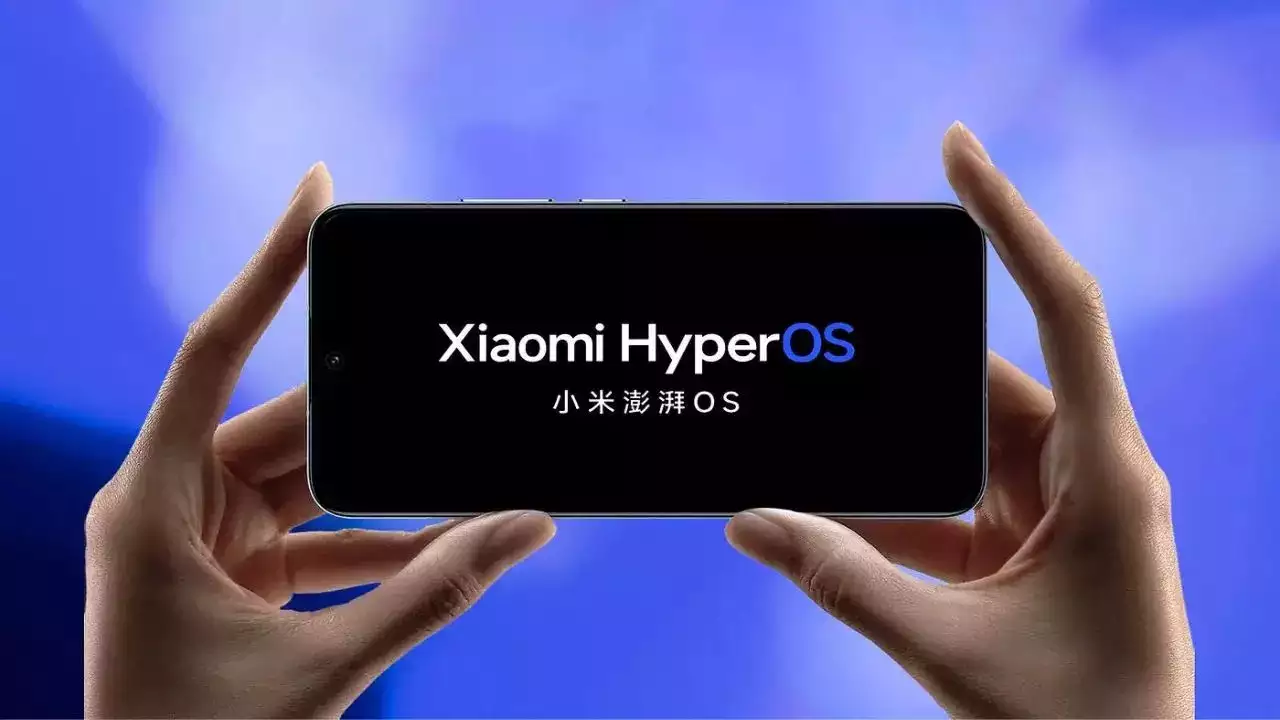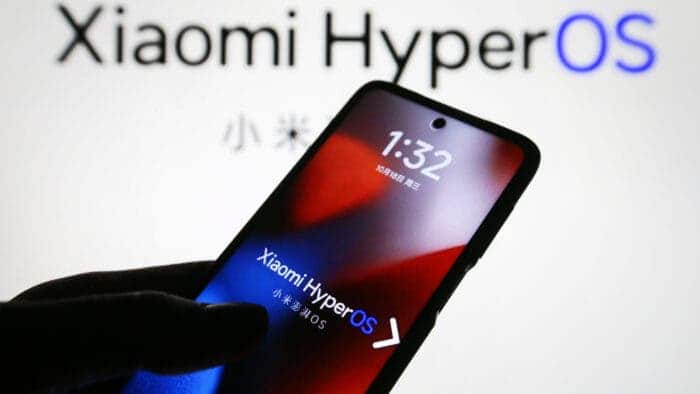Xiaomi’s commitment to its revamped operating system, HyperOS, continues with the rollout of a stable beta version for the high-end Mi 11 series launched in 2021. This development marks a significant step in Xiaomi’s software strategy. Following the initial beta deployment for the 2020 Mi 10 family.
Xiaomi Expands HyperOS Update to 2021 Flagship Mi 11 Series

HyperOS: A New Chapter in Xiaomi’s Software Experience
HyperOS, unveiled earlier this year, signifies a fresh direction for Xiaomi‘s software experience. It replaces MIUI, the company’s previous operating system, and boasts a focus on performance optimization, customization options, and a revamped user interface. While details about the specific changes introduced by HyperOS remain undisclosed, early reports suggest a more streamlined and user-friendly experience compared to MIUI.
Mi 11 Series Receives HyperOS Beta Update
The current rollout targets the Xiaomi Mi 11, Mi 11 Pro, and Mi 11 Ultra, all flagship devices released in 2021. Notably, this update provides Android 14 access to these phones, bypassing the expected upgrade to Android 13. This decision underscores Xiaomi’s prioritization of HyperOS as the foundation for future software updates.
Limited Availability and Global Rollout Expectations
Currently, the update is in a beta testing phase designated as “internal tests of the official version.” This limited rollout restricts access to users enrolled in the Mi Pilot program, Xiaomi’s platform for early adopters and software testers. Additionally, the update’s package name suggests an initial focus on the Chinese market (“CN” in the code).
However, global users can anticipate a wider release soon. The update’s size (approximately 5.3GB) and the beta testing phase suggest a comprehensive overhaul. Eager users outside China can consider enrolling in the Mi Pilot Global program to gain early access once the update becomes available in their region.
Gizchina News of the week
Potential Benefits of Upgrading to HyperOS
The official update notes hint at several potential benefits for users upgrading to HyperOS on their Mi 11 devices. These include:
- Performance Optimization: The update mentions “low-level refactoring” within HyperOS, which translates to potential performance improvements for the underlying software. This could lead to smoother overall user experience and potentially faster application loading times.
- Enhanced Battery Life: Lower power consumption is another potential benefit of the HyperoS update. This could be particularly valuable for users with older devices like the Mi 11 series. Where battery life might have degraded slightly over time.
- Improved Security: The update includes a new security patch. Ensuring users have access to the latest security features and protection against potential vulnerabilities.
- Refreshed User Interface: While specific details are scarce, the update notes suggest a revised user interface. It could offer a fresh look and feel compared to the previous MIUI experience.
How to Update to HyperOS (When Available Globally)
For users outside of China, enrolling in the Mi Pilot Global program remains the recommended course of action to receive early access to the HyperOS update once it reaches their region. Once the global rollout commences, users can follow the familiar method of checking for updates through the phone’s settings menu: Settings > About > Software Update.
Conclusion
The HyperOS update for the Xiaomi Mi 11 series signifies Xiaomi’s commitment to its new software platform. While currently in a limited beta testing phase, the update promises a range of potential benefits, including performance enhancements, improved battery life, enhanced security, and a revamped user interface. Global users can anticipate a wider rollout soon and can consider enrolling in the Mi Pilot Global program for early access. This update marks a significant step in Xiaomi’s software strategy as the company strives to deliver a more optimized and user-friendly experience for its customers.





